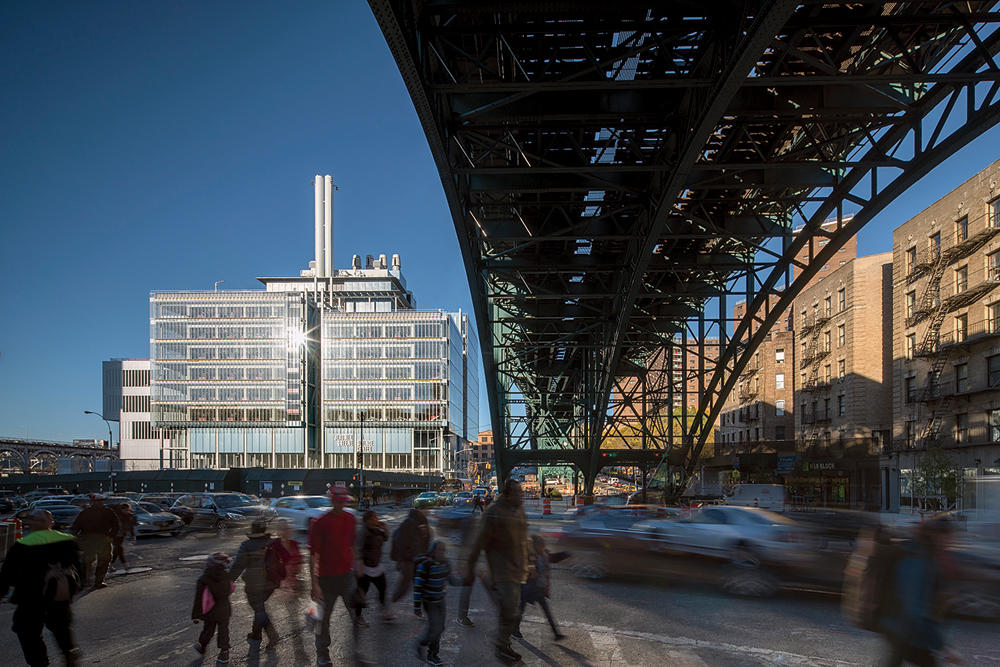Columbia University has pledged to achieve a notable reduction in greenhouse-gas emissions under its first campus sustainability plan. Released on April 21, a day before Earth Day, the plan was produced with extensive input from students, administrators, and faculty scientists — many of them leaders in the sustainability field.
Energy goals include reducing greenhouse-gas emissions from buildings and purchased electricity by 35 percent (from 2006 levels) by 2020, and matching New York City’s emission-reduction target of 80 percent by 2050. The University will publicly report its greenhouse-gas emissions through the Climate Registry, a rigorous accounting protocol.
Transportation goals include establishing baseline levels of greenhouse-gas emissions for all University-related and commuter travel, setting guidelines for buying fuel-efficient vehicles, and creating programs that will encourage commuters to walk, bicycle, and use public transit. Columbia will also explore ways to reduce and offset greenhouse-gas emissions for air and other long-distance travel.
Waste-management goals include developing baseline levels for waste, expanding a food-composting pilot project run in conjunction with New York City’s Department of Sanitation, and improving recycling rates.
“As an institution engaged in education and research on environmental protection, it is important that we practice what we preach and apply what we learn,” says Michael Gerrard ’72CC, an environmental-law professor who helped to develop the plan. “We still have quite a bit of work to do, but this plan will show the way.”



